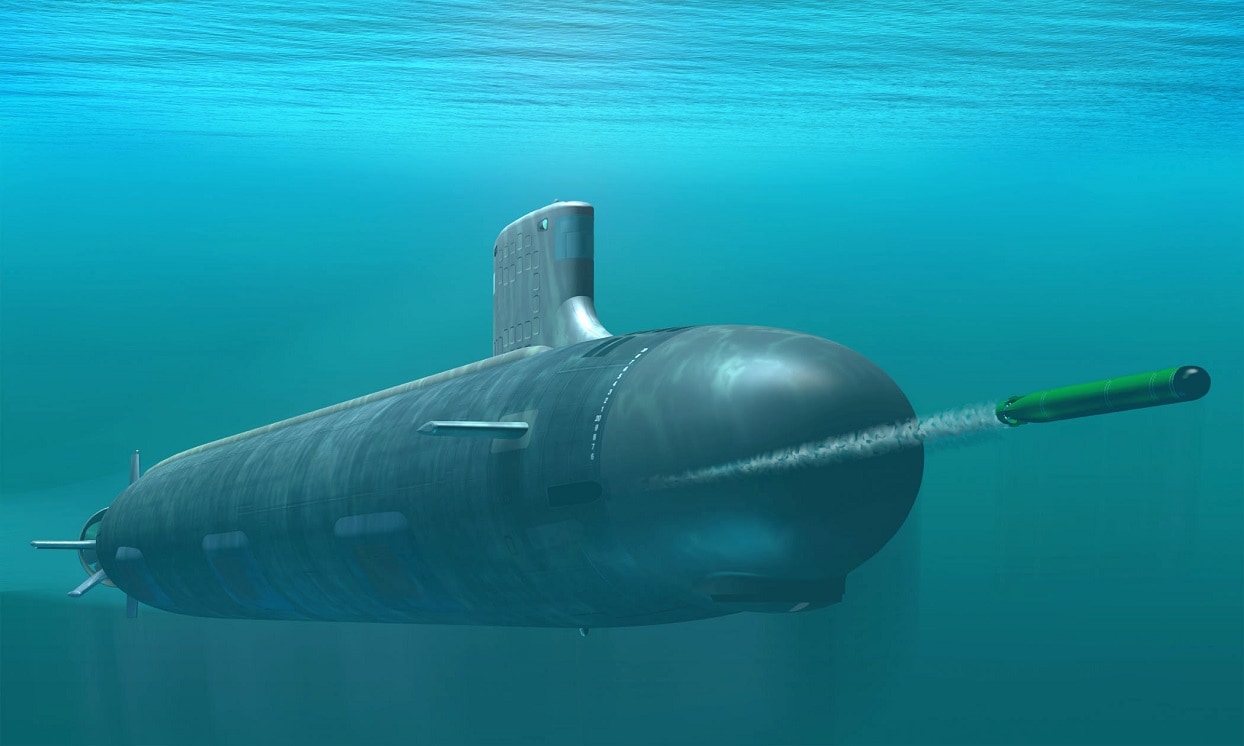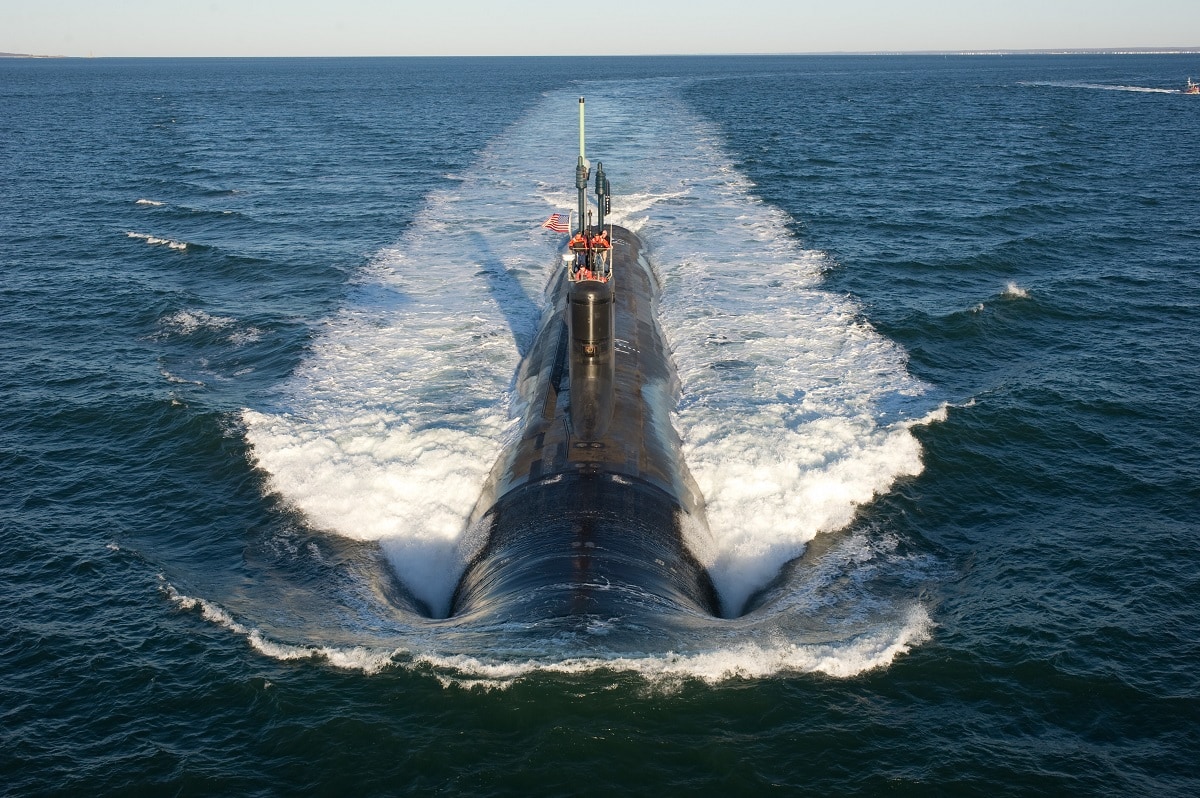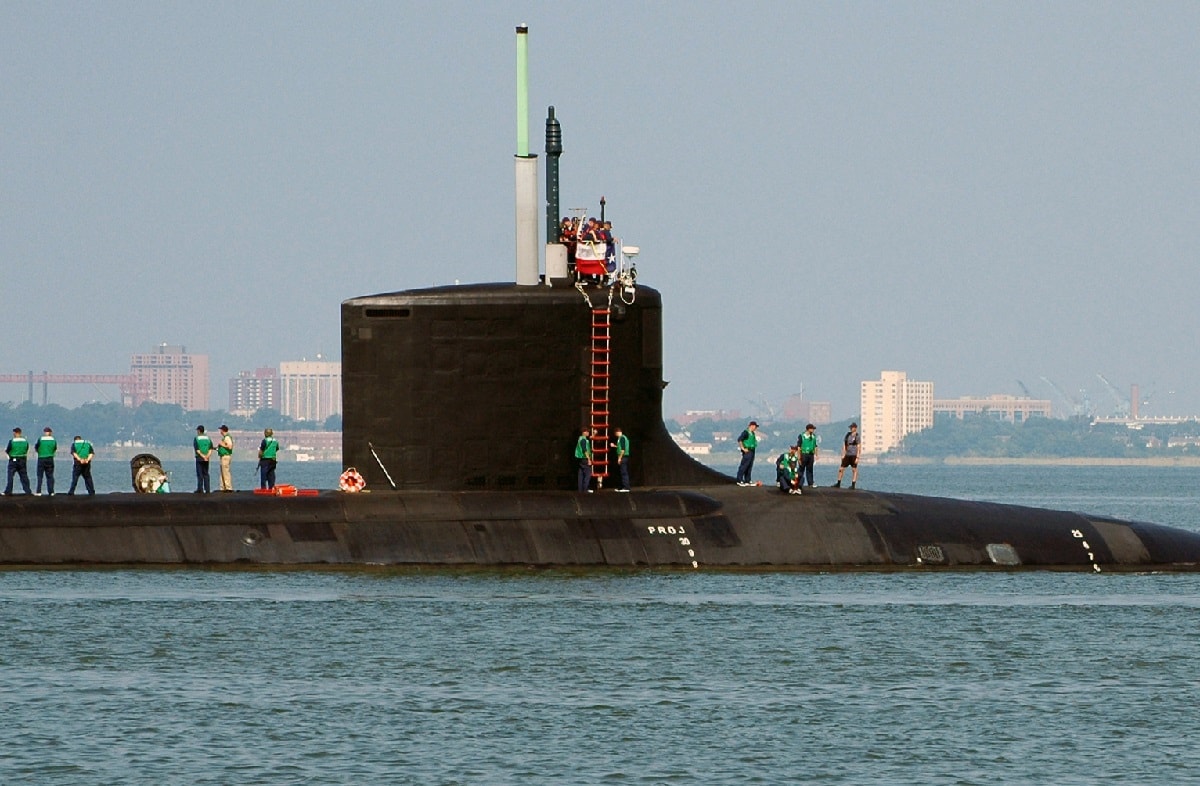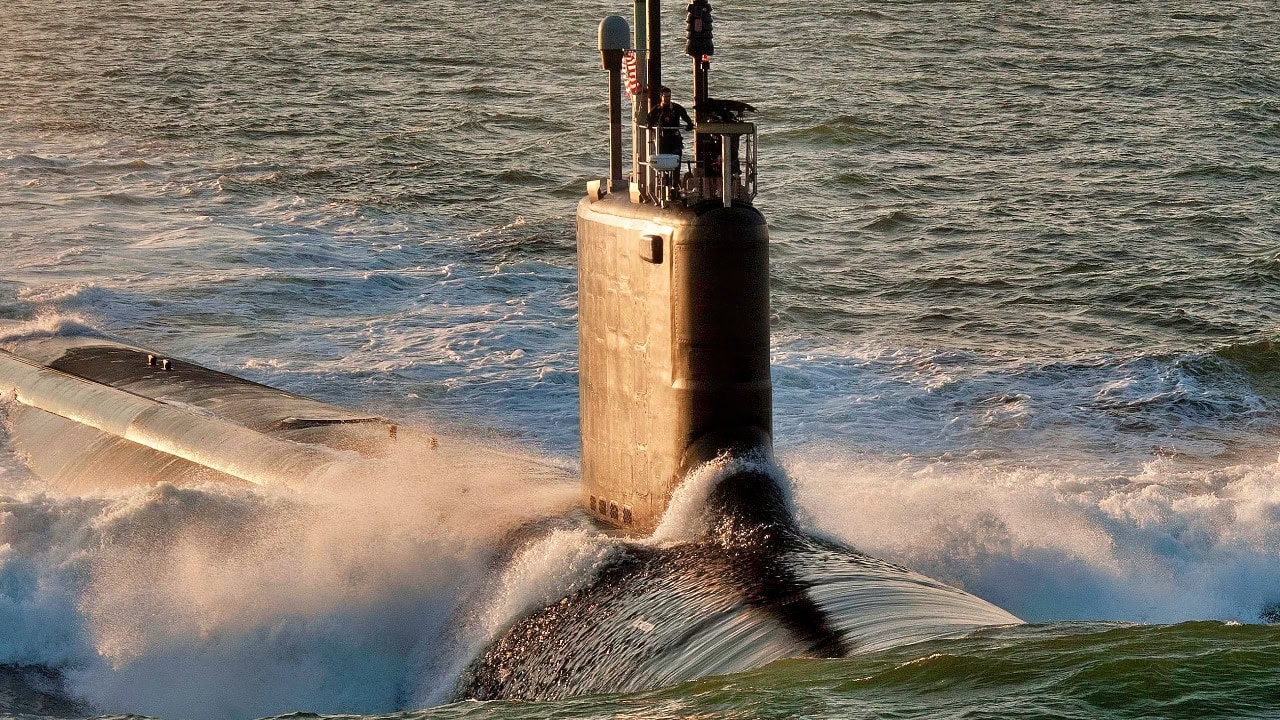Key Points and Summary: The U.S. Navy’s Virginia-class submarine USS Minnesota recently visited Australia’s HMAS Stirling naval base, underscoring growing military ties under the AUKUS agreement with Australia and the UK.
-The visit, aimed at familiarizing Australian sailors with nuclear-powered submarine operations, highlights America’s strategic use of “submarine diplomacy” to bolster Indo-Pacific allies against Chinese aggression.
-Australia plans to acquire Virginia-class subs by the early 2030s and has begun integrating advanced Tomahawk cruise missiles.
-Additionally, increased cooperation with the Philippines further solidifies a regional alliance network designed to counterbalance China’s influence, creating a strategic buffer zone in East Asia and the Indo-Pacific region.
US Navy’s Virginia-Class Submarine Visits Australia to Strengthen Indo-Pacific Ties
The great power competition between China and the United States in East Asia has become more interesting.
The Americans are attempting to cement what I call the “Great Basin of Allies” to blunt China’s military power in the Indo-Pacific. Now, the US Navy has announced a rare occurrence. One of its most valuable fast-attack boats made an appearance in Australia.
Australia Is Introduced to a Virginia-class Sub
The USS Minnesota, homeported in Guam, visited the HMAS Stirling naval base in Western Australia on February 25.
The tenth sub of the Virginia-class, an advanced nuclear-powered hunter-killer boat, made its first trip to Australia this year. The Minnesota is chock full of modern torpedoes and land-attack Tomahawk cruise missiles.
An Example of ‘Submarine Diplomacy’
This visit is the latest sign that the United States is trying to bolster its AUKUS alliance with Australia and the United Kingdom.
“Submarine diplomacy” is on the rise, and the Americans hope this partnership will increase the level of cooperation necessary to supply the Australians with nuclear-powered subs in the future.
It’s All About Training US Allies
US sailors on the Minnesota will help familiarize their compatriots with the ins and outs of a nuclear-powered sub.
There are many facets of a Virginia-class that the Australians need to learn. Nuclear power plants are as complex as you would expect, and American sailors must endure significant training on their use, so the Aussies must keep that in mind.
“The Australian and US Navies operate on shared behaviors, shared values, and a shared commitment to assuring the prosperity and security of the Indo-Pacific region. This port visit [by USS Minnesota] follows the recent submarine tendered maintenance period at HMAS Stirling, which was the first time Australians directly participated in the maintenance of a US nuclear-powered submarine in Australia,” said Vice Admiral Mark Hammond, head of the Royal Australian Navy, in a news release.
The Australian sailors must be prepared someday to stay out to sea for extended periods of time—away from friends and family—when they eventually conduct long patrols as far away as Taiwan and other areas in the East and South China Seas.
Cruise Missiles Will Help the Australian Navy
Another area of instruction will concern the Tomahawk cruise missiles. The Australians will acquire more than 200 vaunted missiles for their Hobart-class destroyers. Meanwhile, the Australian Navy will receive three or more Virginia-class subs by the early 2030s under the AUKUS pact.
Moreover, the AUKUS agreement calls for the United States to rotate four American Virginia-class submarines that will operate out of HMAS Stirling—much to China’s chagrin.
Perhaps sensing that the Australians were more confident that their Navy would become powerful, the Chinese just sent surface warships into the vicinity of Australia. A destroyer, a frigate, and a support ship from China arrived off the coast of Tasmania in a small show of force to remind the Australians that Xi Jinping’s Navy means business and is aware that the AUKUS alliance gets stronger by the day. The Chinese task force also conducted live-fire exercises in the Tasman Sea.
Submarine diplomacy is an effective means of pushing back on Chinese aggression. If AUKUS succeeds as planned, other American allies could establish more agreements to send Navy subs to other ports for familiarization training.
The US Navy Is Bolstering the Philippines’ Navy
A good example of a country that is an important US ally in the region is the Philippines. Both nations have a mutual defense treaty, and Manila has worked with Washington to increase ties. For example, the Americans have resumed their relationship with the Subic Bay installation.
This location is a historic port that was critical in World War II. The US Navy is now helping the Philippines build a new pier for surface ships there. Manila jump-started the base in 2022. At the time, the Philippine Navy had to use commercial ports for its vessels. Subic Bay will become a proper naval installation with support facilities and births for many ships.
These arrangements are likely to irk the Chinese, which is the strategy to thwart Beijing’s influence in the Indo-Pacific. The Great Basin of Allies for the United States is alive and well.
The Americans also have an eye on Singapore, Malaysia, and Indonesia to create more military relationships, forming a geographical web of partnerships that could create an “anti-access/ area denial” of China. A2/AD is a Chinese gambit used against the United States.
Still, two could play at that game, and the Americans, through an extensive network of allies, could deny the Chinese freedom of maneuver in the strategic Strait of Malacca, for example.
We will keep an eye on the AUKUS treaty closely. This alliance is a huge development in East Asia and will make the Chinese wonder just how many allies the United States will create.
It looks increasingly like Beijing is running out of friends, and that’s the idea.
Meet the Virginia-Class Submarine

(May 21, 2003) — This conceptual drawing shows the new Virginia-class attack submarine now under construction at General Dynamics Electric Boat in Groton, Conn., and Northrop Grumman Newport News Shipbuilding in Newport News, Va. The first ship of this class, USS Virginia (SSN 774) is scheduled to be delivered to the U.S. Navy in 2004. U.S. D.O.D. graphic by Ron Stern. (RELEASED)

The Virginia-class attack submarine Pre-Commissioning Unit Mississippi (SSN 782) conducts alpha trials in the Atlantic Ocean. (U.S. Navy photo courtesy of General Dynamics Electric Boat)

U.S. Navy Sailors stationed aboard the Virginia Class New Attack Submarine Pre-Commissioning Unit (PCU) TEXAS (SSN 775) stands topside as the boat gets underway from Naval Station Norfolk, Va., Aug. 22, 2006. TEXAS is the second Virginia Class submarine built and the first major U.S. Navy combatant vessel class designed with the post-Cold War security environment in mind. TEXAS will be commissioned Sept 9, 2006 in Galveston, Texas. (U.S. Navy photo by Mass Communication Specialist Seaman Kelvin Edwards) (Released)
About the Author: Dr. Brent M. Eastwood
Brent M. Eastwood, PhD is the author of Don’t Turn Your Back On the World: a Conservative Foreign Policy and Humans, Machines, and Data: Future Trends in Warfare plus two other books. Brent was the founder and CEO of a tech firm that predicted world events using artificial intelligence. He served as a legislative fellow for US Senator Tim Scott and advised the senator on defense and foreign policy issues. He has taught at American University, George Washington University, and George Mason University. Brent is a former US Army Infantry officer. He can be followed on X @BMEastwood.

